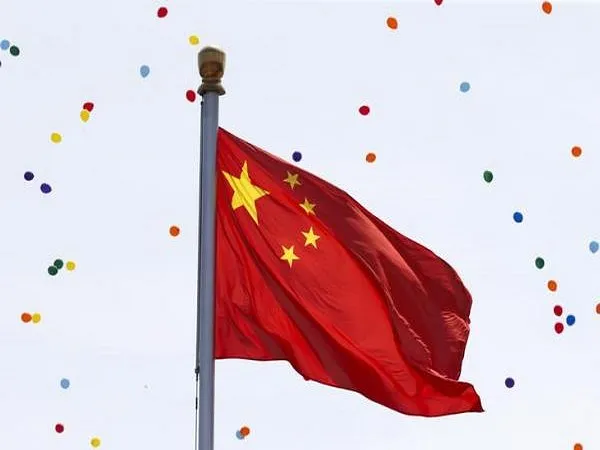While countries in North America and Europe gradually lift pandemic restrictions, vaccine passports, and COVID testing requirements, China continues to implement relatively strict measures to eliminate COVID-19 cases within its borders, despite warnings from the World Health Organization that such an approach is unsustainable. China incurred huge economic expenses and severe effects on the livelihoods of its inhabitants in the first half of 2022 as a result of rigorous lockdowns and demanding testing procedures in different parts of the nation.
China’s COVID-zero policy is based on a digital identification: the health code. The health code, which documents one’s contact information, identification, and recent travel history, has become required for any individual to access stores, utilize public transportation, or simply go home. The code is divided into three categories: red, yellow, and green. A person will be assigned a green health code if they obtain a negative COVID-test result within 48 or 72 hours. On the contrary, those with a yellow or red designation will be tracked down for additional quarantine or other restrictive measures.
The Chinese official media Xinhua News supported initiatives in June 2022 to make such testing requirements permanent and to incorporate the practice into daily life.
The Chinese government’s parole-style pandemic management policies are justified by the notion that such actions are required in the public’s interest. However, recent events in Henan province have severely undercut such assertions. Local government officials exploited the health code system by awarding red codes to demonstrators whose bank balances had been blocked as well as protesters enraged over an incomplete building real estate project.
In response to criticism, local government officials reprimanded five people, including four government employees. However, the disciplinary procedures are insufficient to allay the public’s fears. Individuals convicted of falsifying health codes, on the other hand, might face life in prison or the death penalty, depending on the gravity of their conduct. Health codes’ privacy issues go disregarded and neglected.
Chinese officials want to tackle the problem by blaming local officials for misusing their position, a tried-and-true strategy. The actual problems at stake, however, are the legality of the health code, its efficacy, and the absence of protection for individual privacy and sensitive information.
It is not the first time that government officials have inappropriately used the health code for non-public health purposes. According to media sources, the Chinese government prevented human rights attorneys from traveling by issuing them red health codes in 2021.
The health code is merely one of the Chinese government’s monitoring technologies. The New York Times’ most recent visual investigations discovered further technology used by government authorities to capture data on individuals’ faces, voices, and other biometrics and genetic information. The research also highlighted the Chinese police’s efforts to choose locations to set up cameras to photograph people on public streets.
The measures were characterised by government officials as strategies to combat crime and increase public safety, but countless examples suggest that the system may not be as effective as claimed. The existence of cameras and monitoring technology does not deter crime. In June 2022, a gang of males with past criminal histories severely beat four ladies in Tangshan after sexually harassing one of the victims in a restaurant. The ubiquitous cameras did not prevent the suspects from escaping to neighboring regions before being apprehended days later.
Instead of preventing crime, monitoring technology is utilised to accuse demonstrators and political dissidents
Local police officials in Inner Mongolia released a WeChat article in September 2020 asking for assistance in identifying persons who protested the elimination of the traditional Mongolian language in schools. Surveillance cameras caught their faces, and authorities used those photos to track down the demonstrators.
With additional stories from prominent media outlets such as the New York Times and news events on the misuse of the health code, those previous forecasts have become a new reality for the majority of Chinese inhabitants. Government entities use this technology for political benefit and to repress dissidents, with little restrictions.
The COVID-19 epidemic has intensified China’s push to invest in mass monitoring technology. The common inhabitant is being followed by a government with unregulated and unrestricted authority, from security cameras and face recognition to health rules tracking personal conduct.
With no accountability for the monitoring system, China’s government surveillance techniques endanger both personal privacy and civil freedoms. More significantly, these technologies limit people’s capacity to voice their dissatisfaction or raise their concerns. Those political red lines have gotten increasingly blurred in recent years. As China’s ruling policy becomes more authoritative, it will rely on surveillance technology to keep a tight eye on its citizens.

